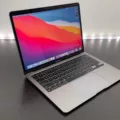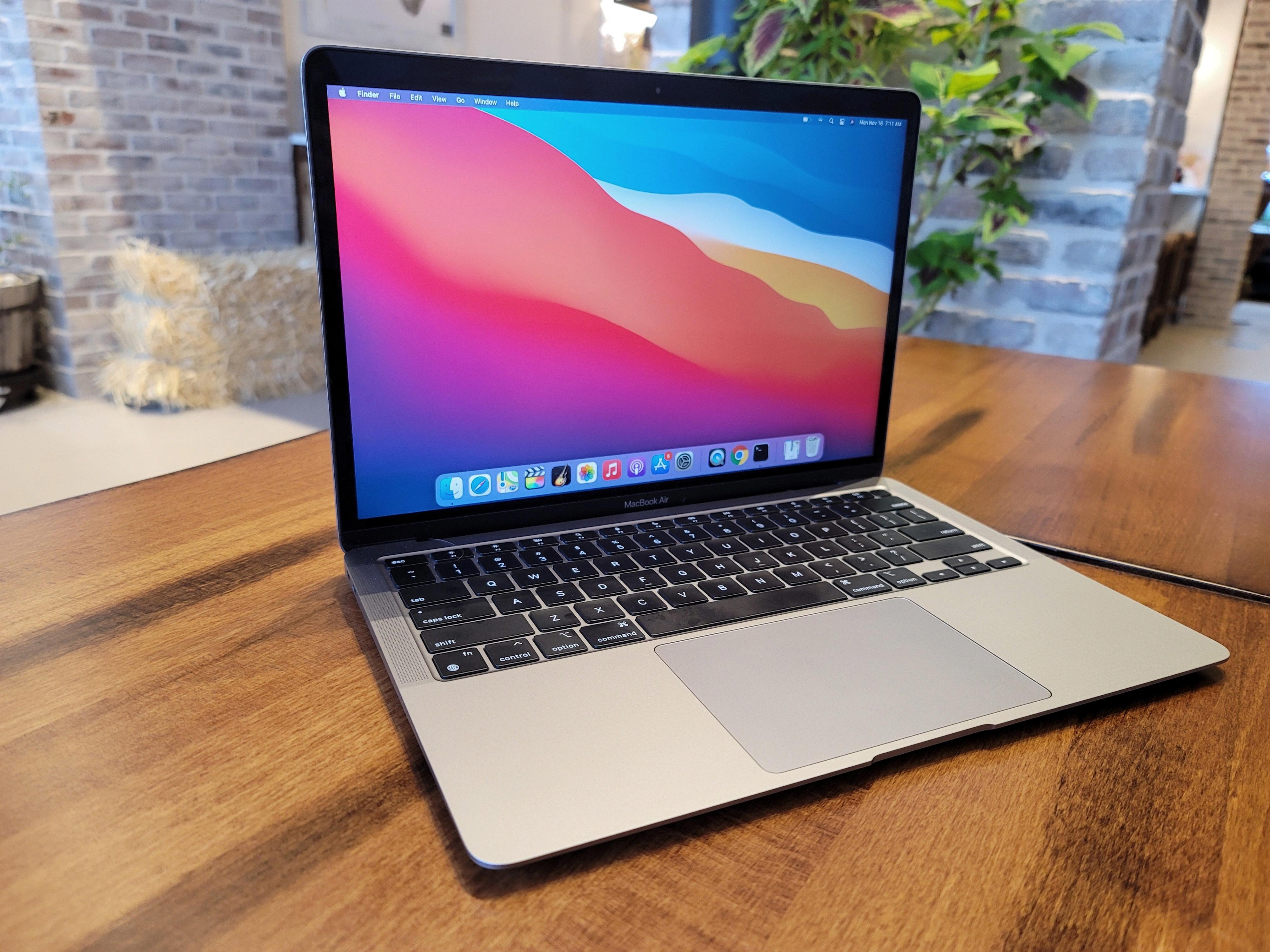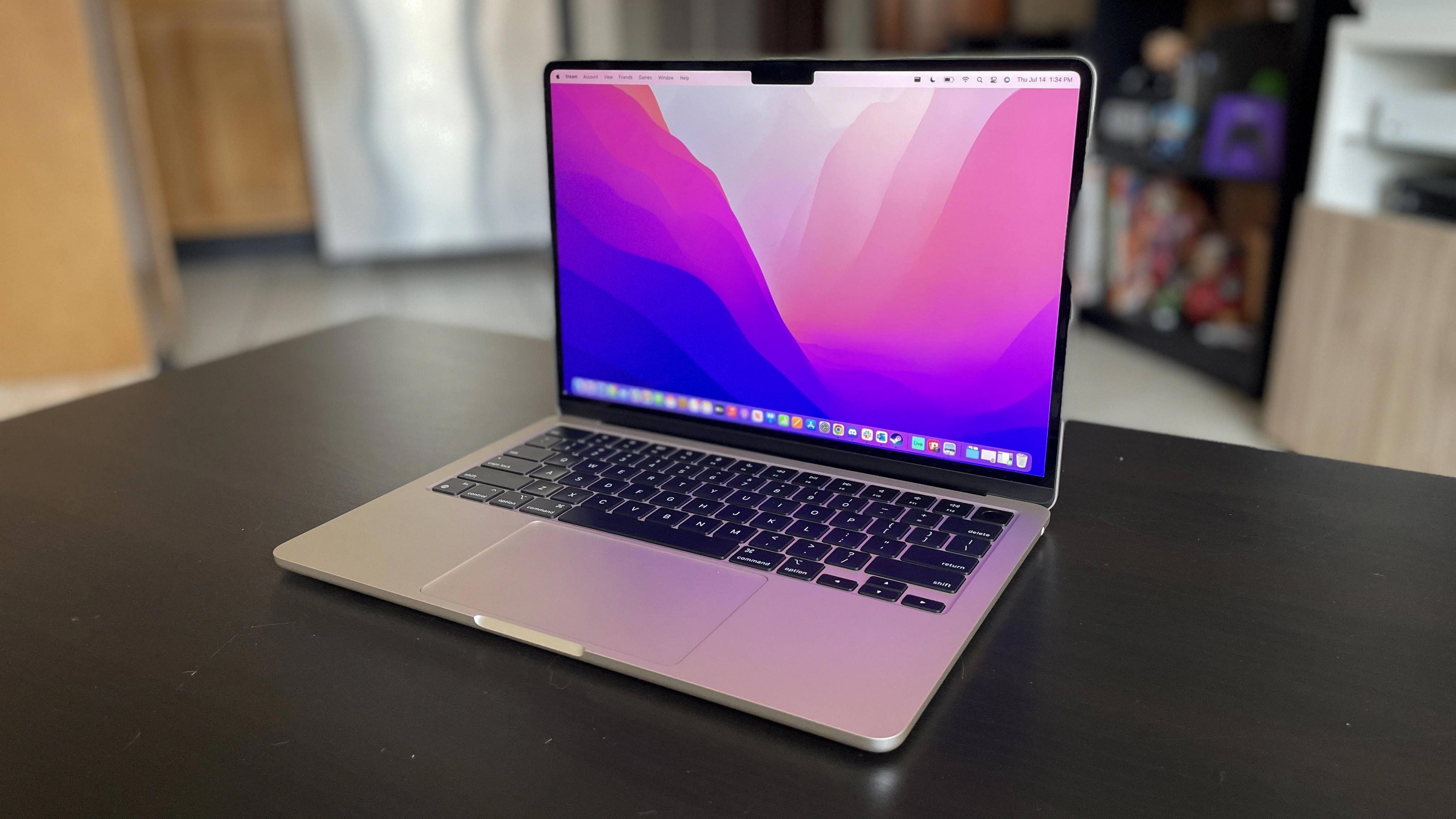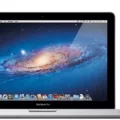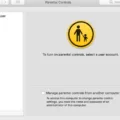Are you experiencing a black screen on your Macbook Pro? You’re not alone. This is an issue that many users experience and it can be frustrating when you don’t know how to fix it. Don’t worry, though, because we’re here to help.
The first step in restarting your Macbook Pro when you have a black screen is to check if the power is on. Make sure that the power adapter is plugged in and connected to your laptop. If the power is not on, try resetting the System Management Controller (SMC). To do this, hold down the Shift + Control + Option keys on the left side of your keyboard for about 10 seconds and then press and hold down the Power button for another five seconds.
Once you’ve confirmed that the power is on, you should disconnect any peripherals from your laptop such as external monitors or USB devices. Adjusting the display brightness may also help if the screen remains black after this step.
Next, try a forced reboot by pressing and holding down the power button until it shuts off (about 10 seconds). Then press again to start your Macbook Pro once more. If this doesn’t work, try starting up from macOS Recovery Mode by pressing Command+R at startup or using other startup key combinations listed here.
If none of these methods work, you might need to reset both NVRAM settings and SMC settings on your Macbook Pro. Follow Apple’s instructions here for resetting both settings bfore restarting your laptop again.
Hopefully one of these solutions will help get your Macbook Pro back up and running!

Fixing the Black Screen of Death on a MacBook Pro
The black screen of death on a MacBook Pro can be caused by several different issues. Fortunately, there are steps you can take to fix it. First, make sure the power is on and disconnect all peripherals connected to your laptop. Then, adjust the display’s brightness and restart your MacBook Pro. You may also need to force reboot your laptop by holding down the power button for at least 10 seconds. If that doesn’t work, start your computer in macOS recovery mode by pressing Command-R at startup. From there, you can reset Mac’s NVRAM settings and reset the System Management Controller. If none of these solutions work, you may need to contact Apple Support for further assistance.
Restarting an Unresponsive MacBook Pro
If your MacBook Pro becomes unresponsive, you can restart it by pressing and holding the power button until it shuts off. After a moment, press the power button again to turn it back on. This should allow your MacBook Pro to start up normally. If the issue persists, you may need to try other troubleshooting options such as resetting your SMC (System Management Controller) or going into Recovery Mode.
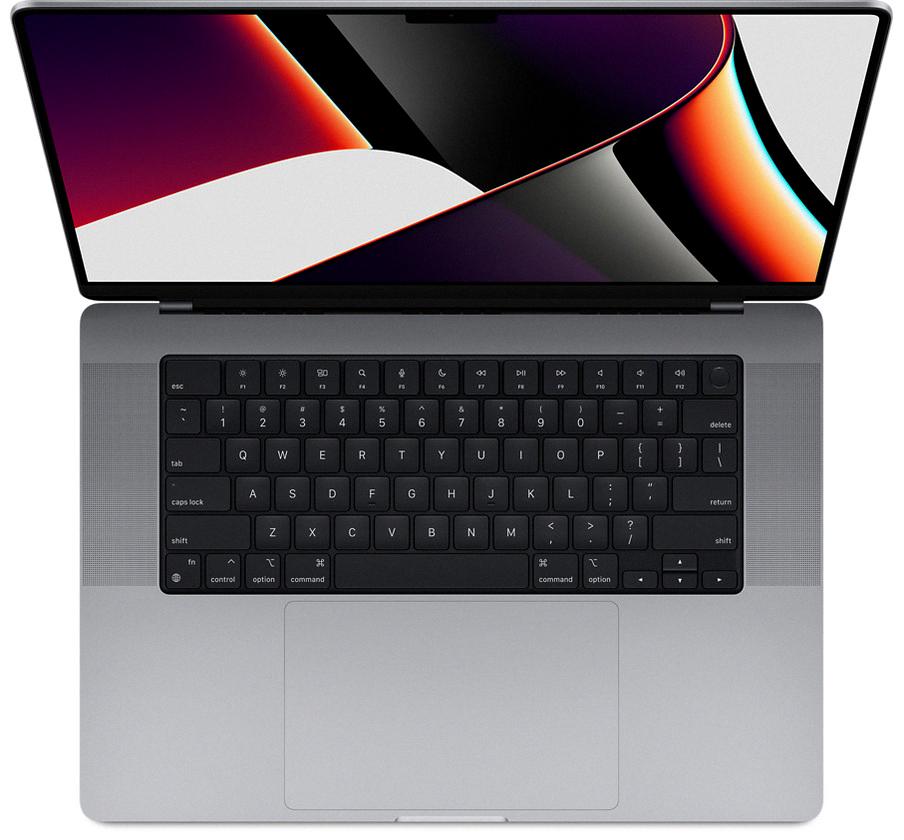
Source: apple.com
Troubleshooting Unresponsive Black Screen on Mac
If your Mac screen is black and unresponsive, it is likely that your Mac has gone to sleep. To save energy, your Mac and display go to sleep automatically when they’re not in use. If this is the case, you should be able to wake up your Mac by pressing any key on the keyboard or clicking the mouse or trackpad button. If the screen remains black and unresponsive after doing this, it’s possible that there could be something else causing the issue such as a hardware issue or software issue. It may be necessary to contact Apple Support for further assistance if this is the case.
The Causes of Macbook Pro Black Screen
The most common cause of a Macbook Pro’s black screen is a power issue. This could be due to a faulty charging cable or battery, or simply because the device hasn’t been charged in a while. In some cases, it might be caused by an issue with the device’s software or hardware, such as a system crash or incompatible drivers. Other possible causes could include an outdated version of macOS, faulty RAM modules, and even malicious software. To narrow down the exact cause of the black screen, it’s best to run diagnostics on the device and check for any existing software updates.
Forcing a MacBook Pro to Restart Without the Power Button
If your MacBook Pro with Touch Bar is frozen and the power button isn’t responding, you can force it to restart by pressing down on the Touch ID button until the device reboots. This should reset the system and allow you to continue using your laptop. If this doesn’t work, you can also try forcing a shutdown by holding down the power button for at least 10 seconds.
Forcing a Mac to Restart with the Power Button
If you need to force your Mac to restart with the power button, press and hold the power button until the screen goes black. This might take up to 10 seconds or more, so don’t be alarmed if it takes a while. Once your Mac has shut down, wait a few moments for it to cool off before pressing the power button again. This should start up your Mac and get it back to normal operation.
Troubleshooting a MacBook Pro That Won’t Turn On
It’s possible that your MacBook Pro isn’t turning on because of a few different reasons. First, check to make sure that the charger is plugged in securely and that your power cord isn’t damaged. Also, try a different wall socket to see if that helps. It’s possible that the battery has drained completely, so you may need to charge it for a few hours before it will turn on. Finally, if none of these solutions work, it could be an issue with the internal components and you should take your laptop to an Apple Store or authorized repair center for further assistance.
Waking Up a Black Screen on a Mac
If your Mac is displaying a black screen, the first thing you should try is pressing the Control + Command (the symbol with four loops) keys and then pressing the Power/Eject/Touch ID button (depending on your model). This should wake up your Mac and bring it back to life. If that doesn’t work, try pressing and holding the power button for 5 seconds to force shut down your MacBook Pro, wait 15 seconds, and then press the button again to reboot. You may also need to reset the System Management Controller (SMC). To do this, shut down your Mac, unplug all connected peripherals and power cord, wait 15 seconds, plug in the power cord again, wait another 5 seconds, and then press the power button to turn it back on.


